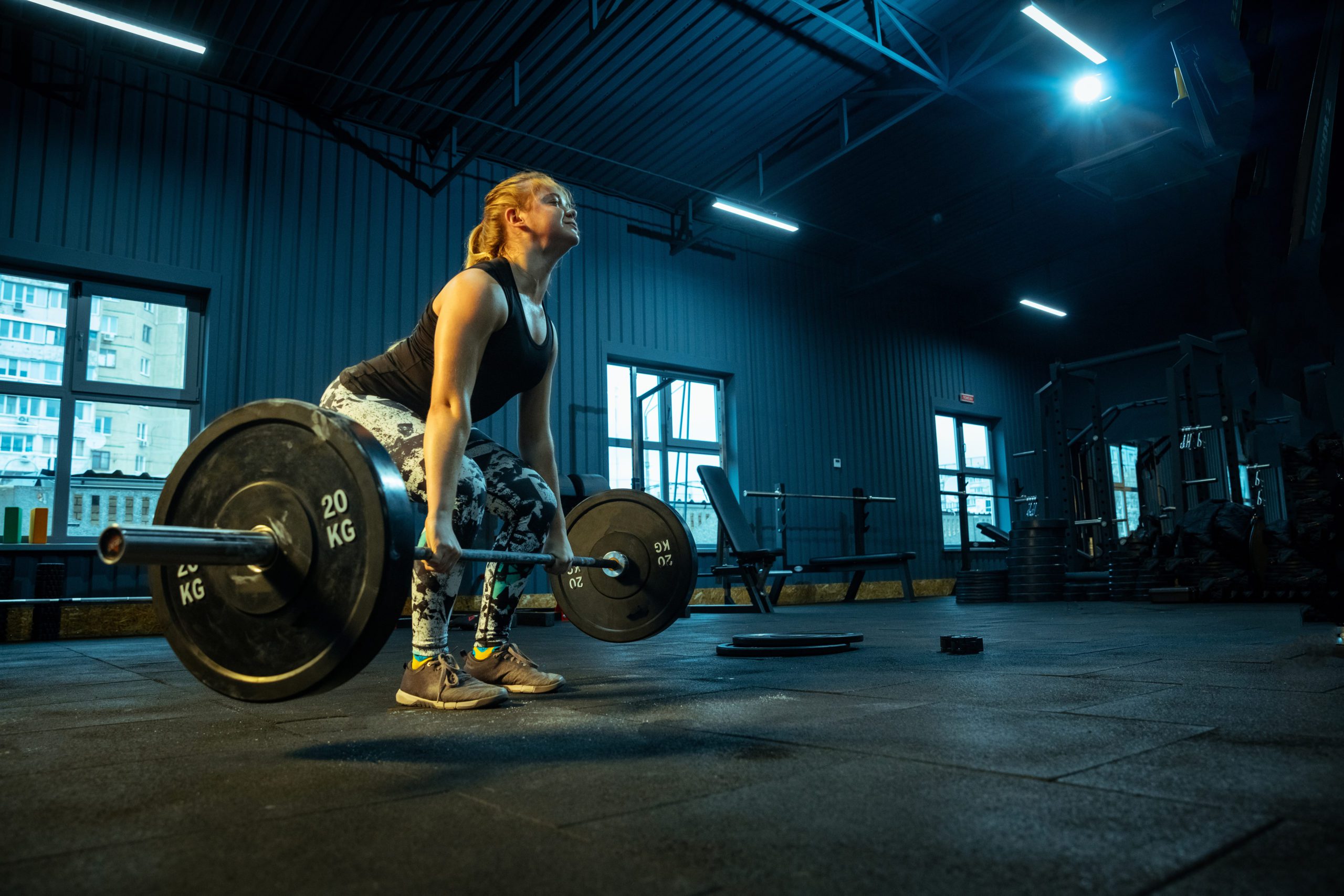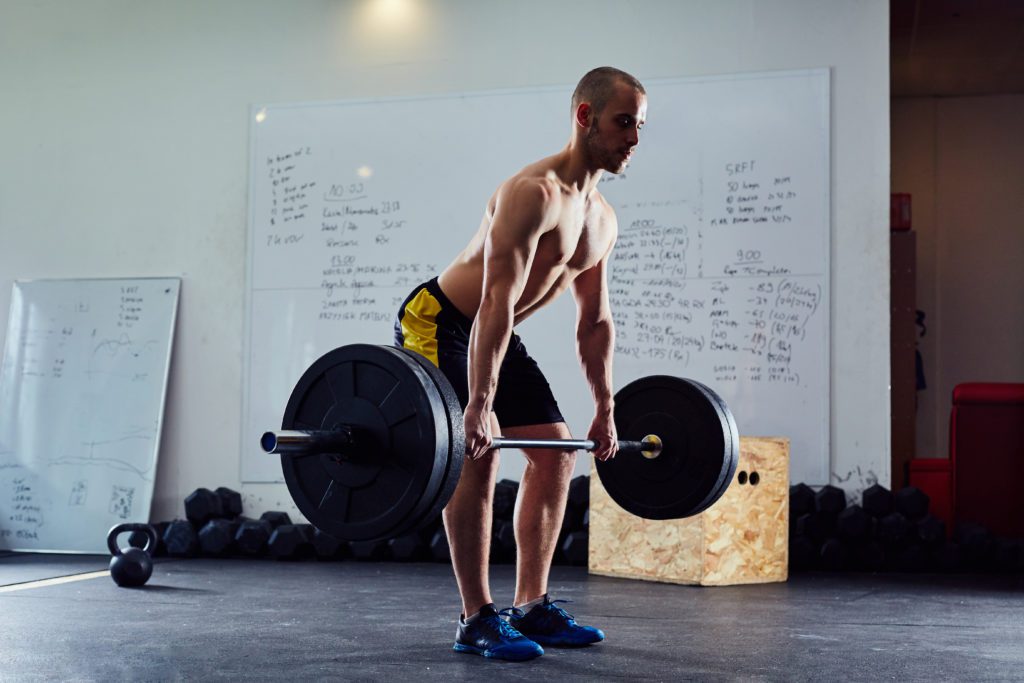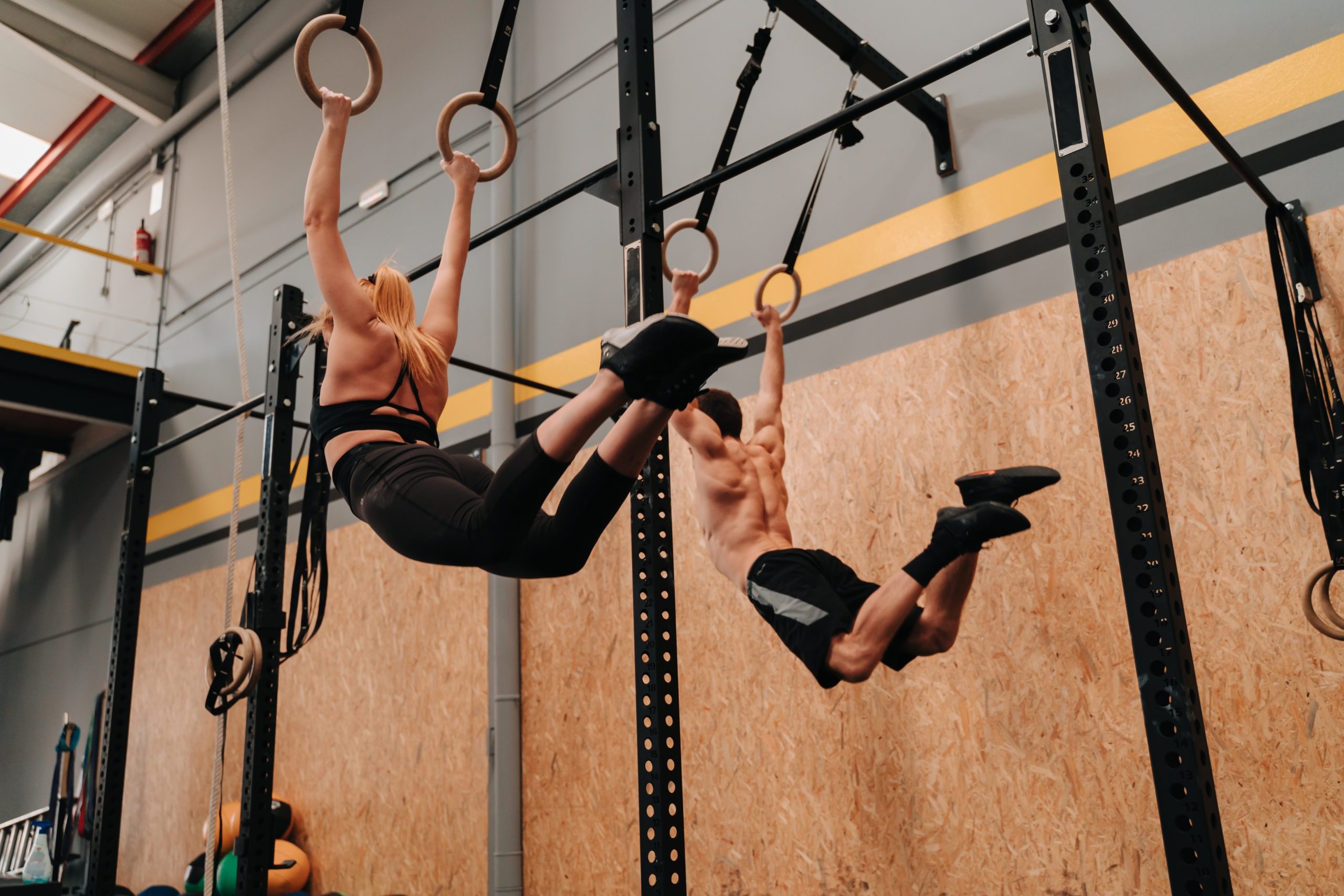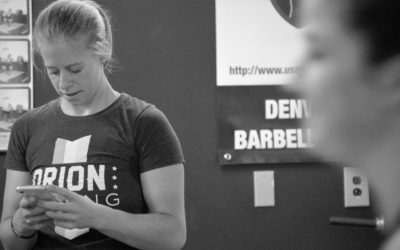Clean Up Your Clean & Jerk: Mastering the Pull

Olympic weightlifting is a tricky mistress. She requires consistent, dedicated practice for years just to get “kinda good” and even then, the technical work is never-ending. But if you wanted to focus on improving just one part of your clean and jerk to get the most out of that technique work, what should you focus on? Michael Larson is an Olympic weightlifting coach and former president of the competitive Oly weightlifting team at UW-La Crosse. His athletes have made it to collegiate nationals. He makes a convincing case for focusing on your clean pull in order to set new personal records for your C&J. In this piece he fights three common misconceptions about the clean pull.

Michael Larson

Website

Three Clean Pull Confusions Debunked
Technique. When some people hear that word, it freezes them in their tracks. To many athletes, myself included, technique work can have some negative associations—boring, complicated, frustrating—insert whatever melancholy descriptor you want.
But in order to be proficient at Olympic weightlifting, technique work is necessary.
Arguably the most important part of the snatch or clean and jerk is the pull from the ground up to the hip contact position. If your pull is wonky, you’ll have to compensate elsewhere in your kinetic chain. Compensation means inefficient and inconsistent lifts.
I also believe the pull is the hardest part of the Olympic lifts to dial in.
There will always be variation between lifters and methodologies between the two lifts. But if you can master the pull, then you’re on the right path for putting up some real numbers.
You Work too Hard to Not See Progress
Find Your Perfect Training Plan
Options for Every Goal
Training plans from real coaches covering any goal, fitness level, and number of sessions per week.
The Best Coaches
Get coached by the best. Olympians, ex-NFL stars, Titan Games Winners, Sport Scientists and more.
Starting at $1/ day
With many options including a free 7 day trial, you can try out programming before you commit.
Breaking Down the Clean Pull
The pull of an Olympic lift—we’re focusing on the clean—consists of three distinct phases: the first pull, second pull along with the transition, and the third pull.
The first pull is the section from the ground to above the knee.
The transition from the first pull (shoulders over the bar) to the second pull (power position) usually happens intuitively as the lifter moves the bar up the mid-thigh.
The second pull is from the mid-thigh to full hip contact point and subsequent extension.
The third pull is the movement of the lifter from triple extension to under the bar, but we won’t talk much about that here.
Setup & The First Pull
Common starting position for the clean: feet roughly shoulder-width apart, grip slightly outside shoulder width, and shoulders positioned directly over the bar. Some lifters will move into the first pull directly from this position, called a static start. Others will do some up-and-down momentum to “trigger” the pull, called a dynamic start (what I personally do).
Regardless of how you start your pull, the setup is similar to a deadlift, but not quite the same (see the Common Myths section).
In the first pull, the relative position of your body doesn’t change as you lift the bar to your knee. What the heck does that mean? If you watch an Olympic clean from the side view, you’ll see that the body’s angles in the start position stay constant until the bar passes the knee.
The key idea here is: your shoulders stay over the bar and rise at the same rate as your hips.
The coaching cue I always use for this is to “push the floor away.” The only thing that should be moving in the first pull is the legs pushing the ground away and extending.

Transition & The Second Pull
The transition can be a complicated movement that takes practice to nail the timing. Novice lifters will often open their chest too early, while still in the first pull (the body angle won’t stay constant) and as a result, they’ll have to kick the bar out/away from them to clear their knees. A huge technical no-no.
If the first pull is done correctly, this shouldn’t be an issue. But it’s still worth noting that the action of the knees from the end of the first pull through the transition is a “sweeping back” motion. Your knees move out of the way briefly as your legs extend in the first pull. From there, once the bar passes the knee, your entire focus essentially does a 180.
The way I always like to describe the first pull into transition is “legs, not body.” Your legs are extending but your upper body is staying quiet and constant. Once past the knees, your focus becomes “body, not legs” to start the second pull.
In the second pull, your shoulders open up into a more vertical position as your legs stay relatively quiet. This opening leads to your power position—shoulders directly over the bar with the bar at your contact point in the hips and your knees bent underneath the bar. It’s from this proper power position that you’ll be able to extend as forcefully and rapidly as possible.
Often, athletes will continue to extend their legs in the second pull as their body opens up and shoulders go back, but this leads to a not-very-powerful power position as you don’t have the “bent knees” under the bar. This manifests as a hitch in the lift, where the lifter must pause and re-dip to get the power from their legs.
Coach’s Takeaway: divide the pull into two sections—ground to knee (“legs, not body”) and knee to power position (“body, not legs”).
You Work too Hard to Not See Progress
Find Your Perfect Training Plan
Sometimes all you need to reach your destination on your fitness journey is an expert guide. We’ve got you covered.
Browse from thousands of programs for any goal and every type of athlete.
Try any programming subscription free for 7 days.

Sign up for the FitNerd Newsletter
Misconception 1: The clean pull is just like a deadlift.
Many people think that the pull for a clean is exactly like a deadlift and some coaches will unfortunately teach that. When working with newer athletes, I start them out with deadlift cues, but make sure to tell them that cleans and deadlifts aren’t exactly the same.
The main difference is in the transition into the second pull. In the clean pull, your knees re-bend under the bar as your body opens up, allowing for an explosive upward movement. In a deadlift, your legs continue to extend as your body opens up, leading to a tall standing finish position.
Misconception 2: Everyone’s pull is the same.
This one is not true on a few different levels. First of all, most athletes have different levels of mobility and flexibility. While it’s important to work on those aspects to be a successful weightlifter, they aren’t the whole story. Perfecting YOUR technique and making it the most efficient possible is goal #1.
Even simpler than mobility and flexibility, everyone has different body proportions, skeletal makeup, and limb lengths. This is obviously not modifiable and varies greatly from person to person. It’s also the reason why “do as the pros do” can be a terrible oversight. Your body is probably not like the pros’ bodies. Trying to make your clean pull look exactly like a given athlete’s could lead to confusion at the very least.
Misconception 3: The whole pull must be fast.
There’s an important distinction to make here. The whole pull should be “fast”, but it only looks slow because of the heavy weight. If you were to track bar speed, you’d see it gradually speed up throughout the pull, instead of remaining one speed the whole time.
This is not because the athlete is deliberately speeding it up, but because the most biomechanically disadvantageous position is the start of the pull. It’s hardest to move the bar based on your closed joint angles. As you pull, the joint angles become more and more favorable and the bar speeds up.
With lighter weights, especially for athletes who have not perfected their clean pull, the pull off the ground must be deliberately slowed and controlled. Yanking the bar off the ground as fast as possible with a light weight will likely mess up the rest of the pull.
For each of the three pulls, think: fast, faster, fastest.
Check out this video by Greg Everett at Catalyst Athletics for some more in-depth look at the clean.
Related articles
Active Recovery Strategies for Strength Athletes
Active recovery isn’t just about taking it easy—it’s a smart way to keep your body moving, boost circulation, and enhance performance without adding fatigue. While passive recovery has its place, low-intensity movement between sessions helps reduce stiffness and...
Intermittent Fasting for Shift-Working Athletes
Shift work can make fueling for performance feel like a constant battle. Between erratic schedules, disrupted sleep, and unpredictable training windows, sticking to a nutrition plan can be tough. Intermittent fasting (IF) offers a flexible approach that may already...
Effective Ways to Coach At-Home Athletes
Transitioning to remote coaching presents unique challenges for strength and conditioning coaches, especially when athletes lack access to standard gym equipment. Effective communication and creative programming are essential to maintain engagement and ensure athletes continue to progress in their training.

Join the community
Sign up for the latest training news and updates from TrainHeroic

About TrainHeroic
Support
Made with love, sweat, protein isolate and hard work in Denver, CO
© 2021 TrainHeroic, Inc. All rights reserved.




